
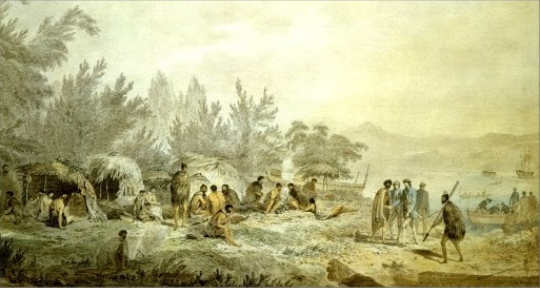
Maori inhabit the area for centuries.
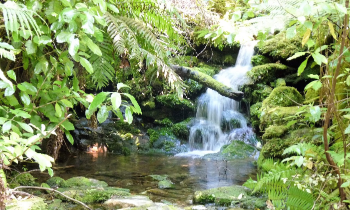
Undeveloped natural bush land and a series of unconnected coastal tracks existed in the region for carrying goods and driving stock. Tracks north of Kenepuru were used for coast watch during World War II.
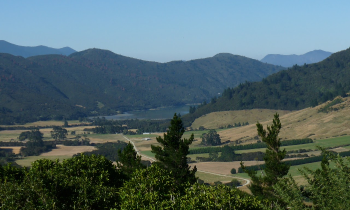
Ian Mitchell, working for the Marlborough Sounds Maritime Park Board, proposed the idea of a track along the Kenepuru Ridge to landowners of the district, including Rod Eatwell, Trevor Lawrence, and Colin and Marie Norris. This was originally called the Kenepuru Walkway. Together, they played a major role in the formation of the Track. In the northern section of the track, gelignite was used in some places, and with a small bulldozer the track through to Anakiwa was upgraded. A rough walking track opened in 1983.
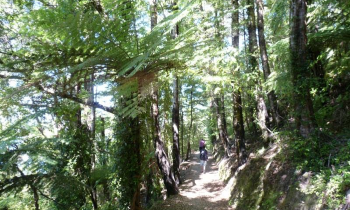
Track maintenance continued, until government restructuring meant funding disappeared. As a result, the Portage to Punga Cove section closed. Together with friends and family, landowner Rod Eatwell continued to mow Kenepuru Ridge and keep possum and pig numbers down. Cattle grazed on the track from Kenepuru Saddle to Black Rock Station.
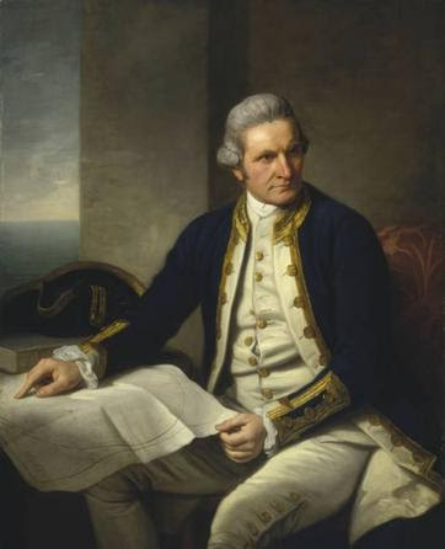
The first known European to visit the Marlborough Sounds was the famous English explorer, Captain James Cook, on the HMS Endeavour.
Cook sailed into Ship Cove, which is now the start of the Queen Charlotte Track, on January 17, 1770. During his 3 world voyages, he made this small cove his South Pacific base for the next seven years. It was here the first social interaction between South Island Maori and Europeans took place.
"Queen Charlotte” was the name he gave the Sound, after the Queen Consort of King George III of England. The Maori name is “Totaranui”, reflecting the Totara trees growing there.
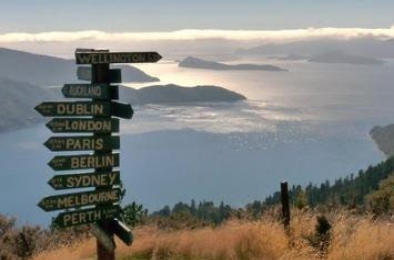
The Department of Conservation (DOC) was formed. Roy Grose and Willie Abel began to administer and maintain the Kenepuru Walkway, as it was then called. DOC asked the New Zealand Air Force to sponsor a clean-up project to realign and restore closed sections of the track. The Air Force provided 150 men under the command of Wing Commander Williamson. They camped on Rod Eatwell's land at the Kenepuru Head and worked from Punga to Portage, taking three weeks to complete the job.
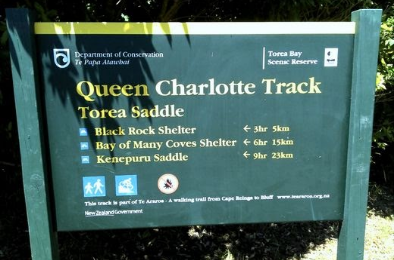
The newly named Queen Charlotte Walkway, linking up the DOC land with the Kenepuru Walkway, was opened at Torea Saddle by Hon. Denis Marshall, Minister of Conservation. Rod Eatwell cut the cake and the 71km Queen Charlotte Walkway was officially opened.
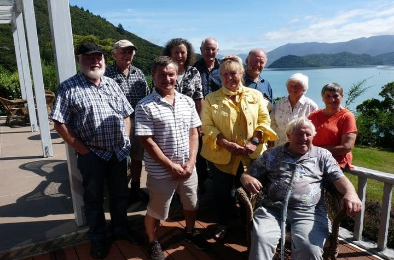
To formally recognize the lifelong contributions of the 10 private landowners and Maori Land Trust, the QCTLC was formed. Together with Department of Conservation, Marlborough District Council, and representatives of QCT Inc (representing the commercial operators), they formed a Stakeholders Forum. The Forum operates under a cooperative agreement, which provides the guiding principles for ongoing decision-making. This is to ensure that a quality natural QCT experience is preserved for future generations.
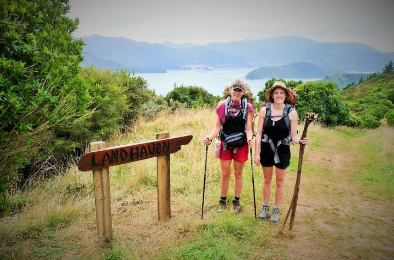
Thousands of hikers and bikers from around the world enjoy the Queen Charlotte Track. The track has grown in popularity over the years and now has a worldwide reputation as a great New Zealand hiking and biking trail. Purchase your track pass here.
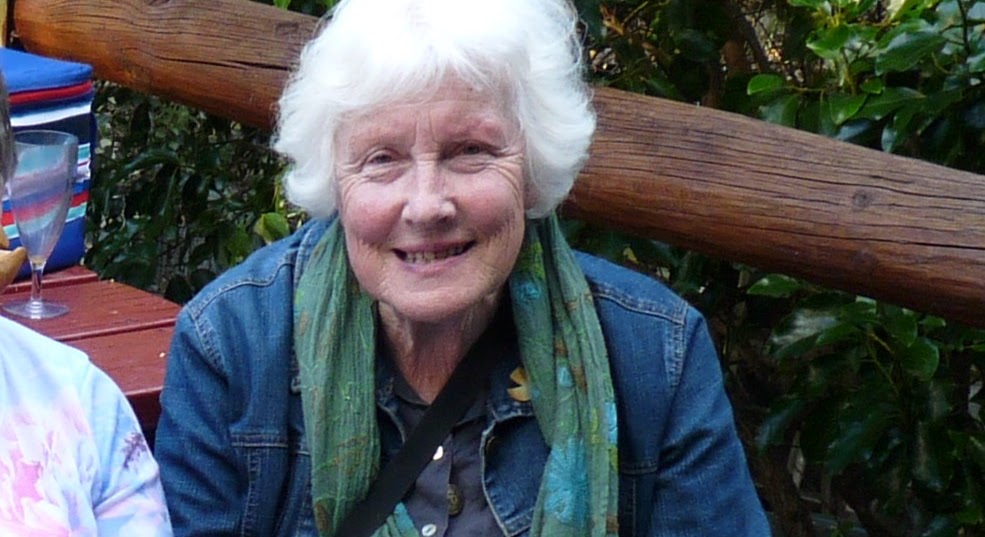
In the 1990’s Rose Beauchamp, who lived in Wellington, gathered a group of friends/investors together and bought Nikau Cove, an beautiful 80 hectares property, with many old growth native trees in the Kenepuru Sound. Rose was a founding member of the Queen Charlotte Track Land Cooperative, as the Queen Charlotte Track crossed land on the Nikau Cove property. Always the environmentalist, Rose would joke that she contributed her share of the purchase price from an inheritance, instead of using it to fix her own roof. Her mission was to protect the native bush from development and the Nikau Bay Trust placed a substantial part of the property in Queen Elizabeth II Trust.
She believed tourism needed careful management and that industrial scale tourism could cause more destruction than benefit. In QCTLC she found a group of likeminded land owners who wanted to contribute to Marlborough but in a sustainable way that did not impact or damage the environment or the quality of life of those that called the Sound their home.
She actively protested against salmon farming in the Marlborough Sounds. Her eldest brother Broughton recalled that she wanted to live in peace but if something outraged her, she did something about it, and stood up for what she believed in.
Rose had a remarkable life and was a fascinating woman. She was a puppeteer, classical pianists, actor and activists. She turned shadows into art, and art into activism, with her puppetry for which she became internationally renowned. She was preforming puppet shows up until the month she became ill and died.
We always enjoyed what Rose had to say and we gained knowledge from her perspective on the environment, the Marlborough Sounds and the world. She has 3 sons, who we hope will enjoy Nikau Cove as much as Rose did. She is sorely missed.
The app contains information about the history, plants and wildlife you will see on the track and pictures to help you identify them. Download the app from your app store. You can purchase the pass in the app using apple pay or google pay. The pass will be displayed in the app.


